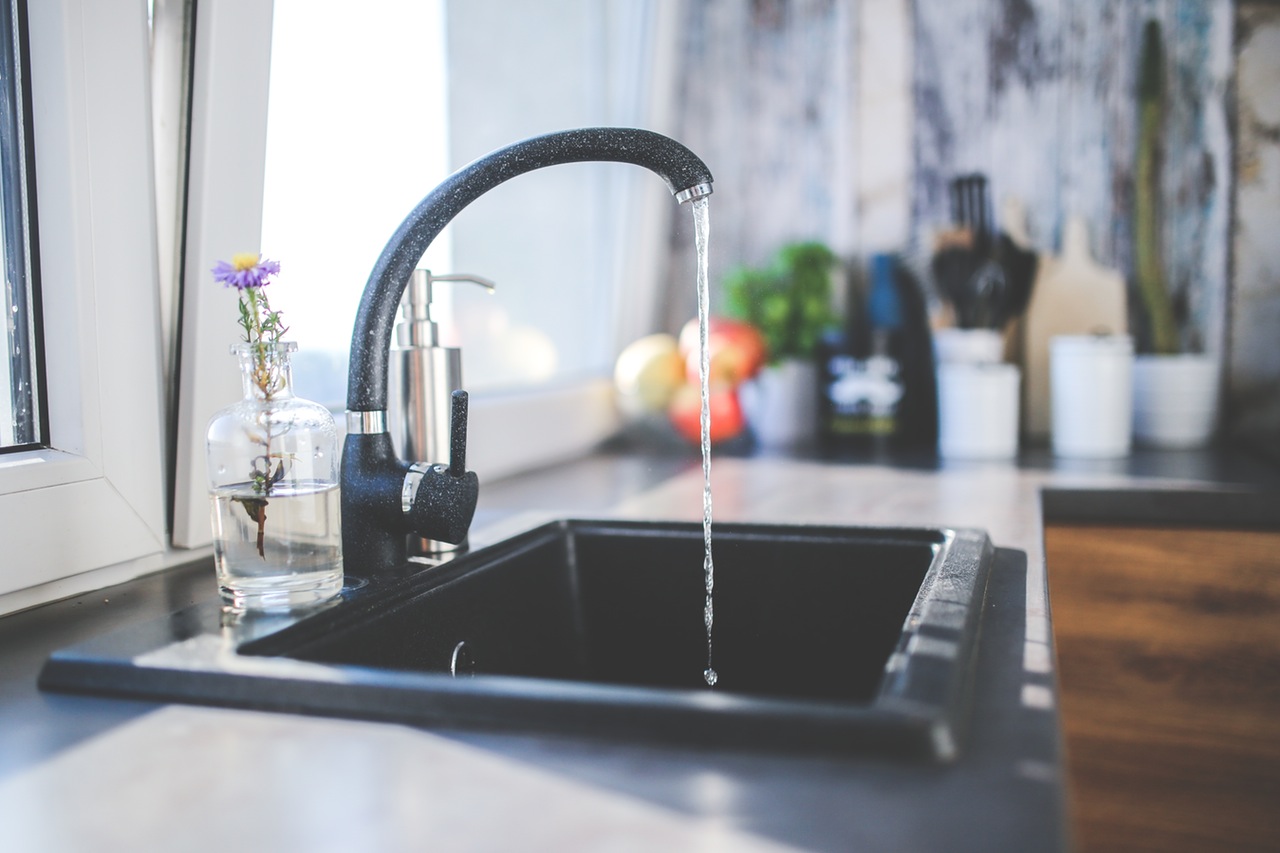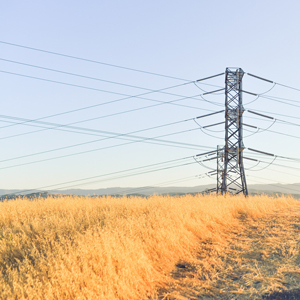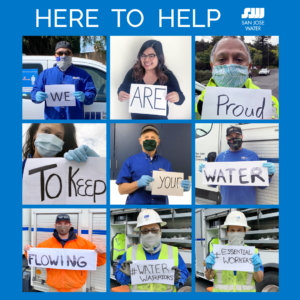With the recent prevalence of media coverage about high lead levels in Flint, Michigan’s drinking water, customers of California’s investor-owned water companies (IOWCs) may be concerned about the quality of their drinking water. According to California’s State Water Resources Control Board (SWRCB), lead service lines are uncommon in the state, and IOWCs employ corrosion control practices to prevent lead from leaching into tap water.
California’s IOWCs are required to monitor water supplies for several potential contaminants, including lead and copper. They also are required to provide information about the quality of the drinking water they provide. The information is commonly included in the annual Consumer Confidence Reports.
In addition, the SWRCB enforces the Lead and Copper Rule (the Rule) through its Division of Drinking Water (DDW). California’s Rule follows the U.S. Environmental Protection Agency’s (EPA) Lead and Copper Rule, which is intended to protect public drinking water from metals that can adversely affect health. The EPA recently issued recommendations to enhance oversight of implementing the Lead and Copper Rule, communicate better with consumers and clarify recommended tap-sampling procedures.
Based on data from the SWRCB’s DDW, California’s water systems consistently meet state and federal standards. The IOWCs lead the way in infrastructure improvements in the state, including replacing water mains, building and refurbishing water tanks and reservoirs and constructing new wells and pump stations. They also are committed to working with state regulators to continue providing safe, high-quality and reliable drinking water to their customers.
For more information about drinking water and lead testing in California, consumers can call their local water suppliers or the EPA Safe Drinking Water Hotline at (800) 426-4791 or refer to the Association of California Water Agencies fact sheet and the US EPA’s drinking water rules.





